A Guide to Baltic Herbs and Spices
36 min read Explore the flavors of the Baltics with a practical guide to essential herbs and spices, their origins, uses in Latvian, Lithuanian, and Estonian dishes, and tips for sourcing and pairing. October 10, 2025 00:08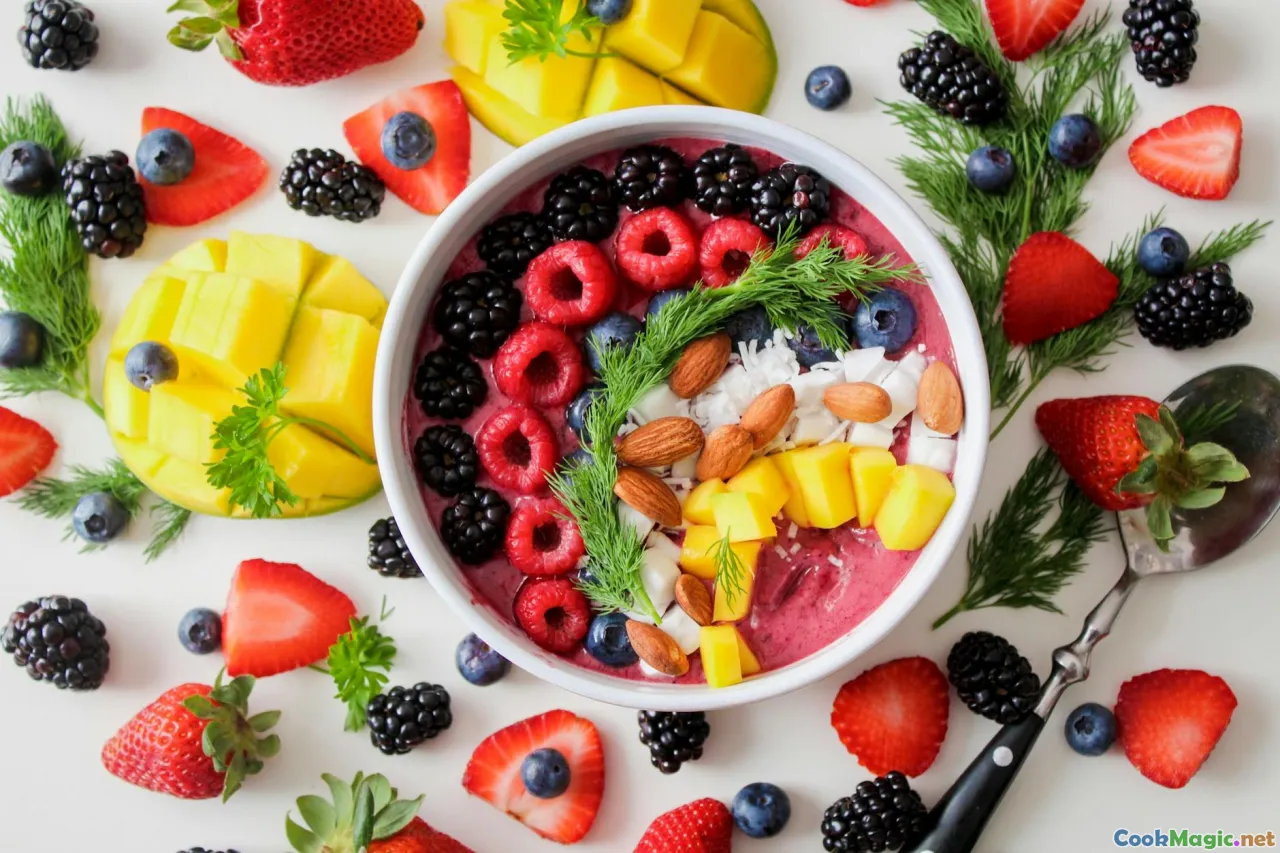
The first time you smell summer in the Baltics, it isn’t the sea. It’s dill. A featherlight, green haze rising from market crates, clinging to new potatoes, tangled with cucumbers, disappearing into bowls of cold beet soup like a secret. It threads through the countryside in Midsummer wreaths and through city markets in bundles elastic-banded tight, a fragrance as familiar as rain on a tin roof.
Baltic cuisine is often described as spare and clean, built on rye and dairy and fish. That’s true, but it leaves out the part that makes cooks return to it again and again: the herbs and spices that sharpen the edges, lift the sour, and make the butter taste more like butter. In Estonia, Latvia, and Lithuania, climate and trade shaped a pantry where dill is a birthright, caraway a calling card, juniper a deep breath of forest air, and winter spices a candlelit promise of warmth.
This guide takes you across markets and seasons, through farmhouse kitchens and city bakeries, hand to hand with the herbs and spices that flavor Baltic life. Along the way, there will be recipes you can cook tonight, and stories that have flavored meals for centuries.
The Baltic Palette: Climate, History, and the Taste of the North
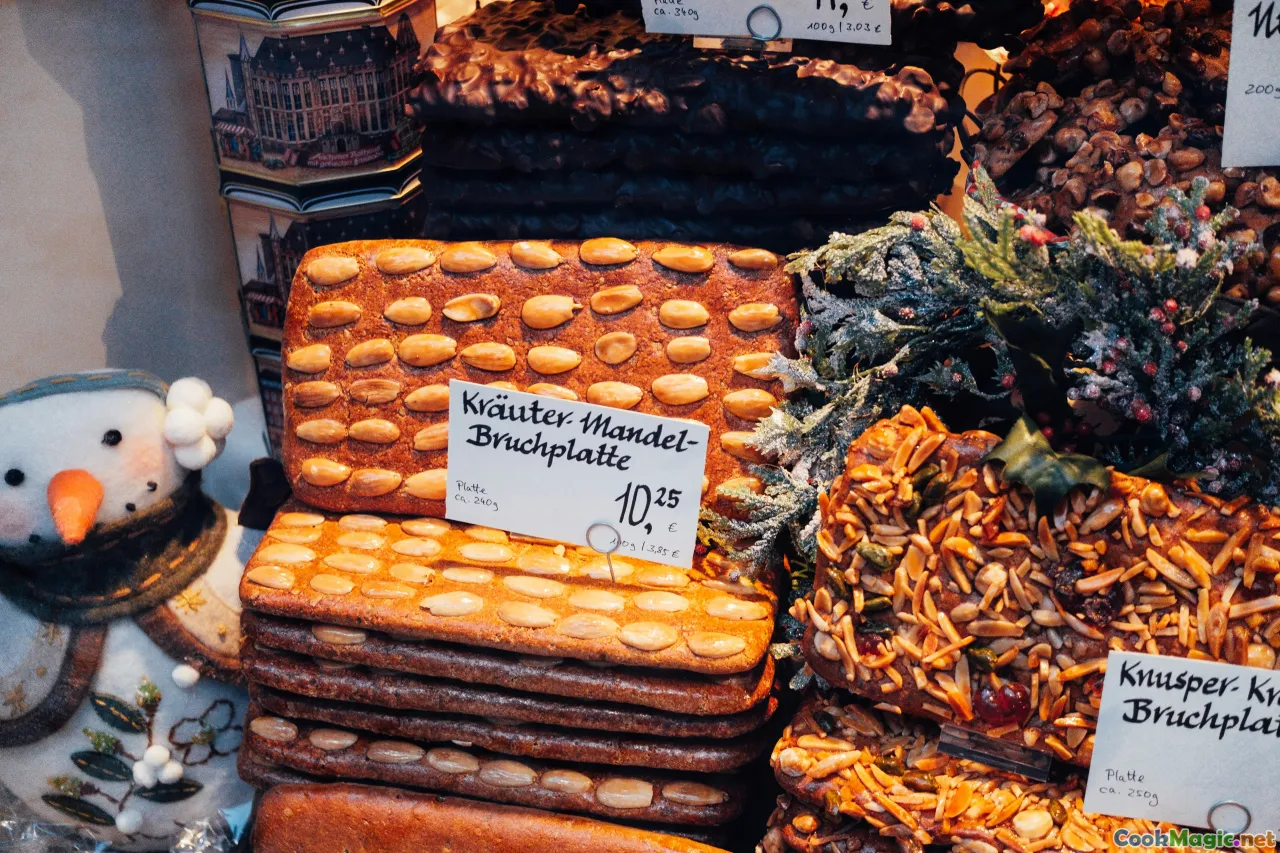
Think of the Baltic pantry as a compass. North points to the forest: juniper, spruce tips, wild garlic, nettles. South points to fields and gardens: dill, chives, parsley, sorrel, rhubarb. East to trade roads: black pepper, cloves, allspice, cardamom. West to the sea and its tempering saltiness.
Cold winters and long, luminous summers mean herbs that love cool air thrive. Dill is omnipresent. Chives, parsley, lovage, savory, marjoram, tarragon, and mint show up in spring and summer. Sorrel and nettle are first responders of April and May. Juniper is a year-round companion. Spices that would have arrived in the medieval Hanseatic era via the ports of Tallinn (once Reval), Riga, and Klaipėda—black pepper, cloves, cinnamon, cardamom, allspice—found steady work in preserved meats, breads, and winter sweets. The Baltic table is defined by sour and smoke and cream, but herbs and spices make those flavors hum.
A plate of boiled potatoes with butter is good; with dill, it becomes a memory. A loaf of rye is sturdy; with caraway, it’s a story. That is the unspoken rule of Baltic flavor: greens and seeds bring depth to what the land already offers.
Dill: The Soft Green Thread Through Meals
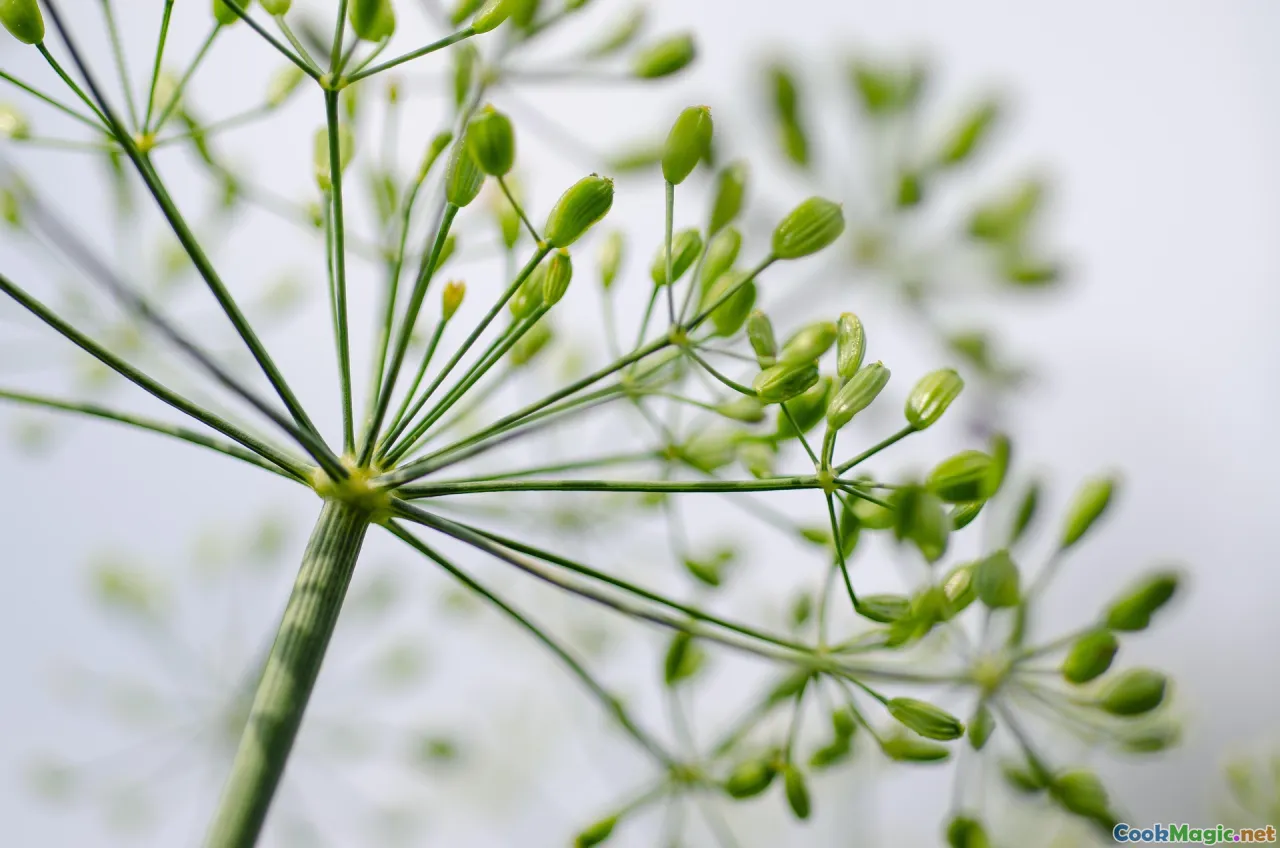
Dill is the scent of a Lithuanian kitchen mid-morning when the beet soup is cooling and the kefir is cold. It’s the taste of an Estonian summer evening on a pier, a paper plate of sprats and rye in hand, the breeze lifting fronds from a jar of pickles. It’s Latvian salad bowls brimming with rasols—potato, egg, pickled cucumber, sausage—lifted by chopped green confetti.
In Lithuania, dilled cold beet soup (šaltibarščiai) is frank with its herb: chopped almost to dust and stirred into a lake of magenta kefir alongside cucumbers and spring onions, then crowned with a halved egg, and—if someone loves you—with still-warm new potatoes on the side. In Estonia, dill lines up with butter and baby potatoes in June, and that trio can carry an entire dinner next to a fried herring fillet. In Latvia, dill perfumes the brine of crisp barrel cucumbers and sneaks into cottage cheese spreads with chives.
Tasting notes: dill is tenderly grassy, slightly aniseed, with a whisper of cucumber rind. It hates boiling and loves steam. Add it in the final seconds, scatter it on plates just before carrying them to the table, and it will keep its voice.
How to shop and keep:
- Choose bright, perky fronds without yellowing. If stems are woody, the bunch is old.
- Keep in a glass of water like flowers in the fridge; loosely tent with a bag. Change the water daily.
- To preserve a glut: chop and mix with coarse salt until it feels lightly damp and packed; refrigerate in a jar as dill salt. Or scatter over a tray and freeze; crumble into a jar.
Dill salt (two-minute method):
- Combine 50 g chopped dill with 25 g flaky sea salt and the zest of half a lemon.
- Pound briefly to bruise, then jar. Sprinkle on buttered rye, new potatoes, or grilled fish.
Kitchen habit: when in doubt, finish with dill. A spoonful of soup that tasted fine will taste alive.
Caraway: The Baltic Seed of Memory

In the Baltic imagination, caraway anchors everything that matters: bread, cheese, and celebration. Bite into a slice of Latvian rupjmaize—moist, black-crumbed, square-shouldered rye—and the caraway is the spark under the crust. It’s also the soul of Jāņu siers, the fresh cheese made for Latvian Midsummer, goose-yellow with egg yolks and studded with seeds that pop like small fireworks against the soft curds.
Estonian leib, darker and denser than you think a bread can be, often leans on caraway as much as on molasses. Lithuanian ruginė duona carries a quiet seam of caraway through its long-fermented tang. In savory baking, caraway appears in sklandrausis, the Latvian carrot-and-potato tart, where the seeds underline the sweetness of the roots.
Then there is the glass: kummel, the caraway liqueur whose Allasch style was born near Riga, traveled the Baltic, and still tastes of winter nights and chatter. It’s sweet, aromatic, and leaves a cool, numbing trace on the tongue. No other herb is as instantly Baltic.
Caraway vs cumin (know your seed):
- Caraway is darker, crescent-slim, with a cool, mentholic, rye-bread perfume. It’s woodsy and bright at once.
- Cumin is paler, warmer, and smoky; it leans toward chili and earthy stews. Substituting cumin for caraway will tilt a dish toward the Levant; substituting caraway for cumin will drive it north into the rye fields.
Ways to use caraway beyond bread:
- Crush with salt and rub into pork shoulder before roasting.
- Bloom in butter and pour over steamed carrots or cabbage.
- Toast and fold into soft cheese with chives for a spread.
- Add to sauerkraut with juniper for a forested note.
Caraway butter for fish and potatoes:
- Toast 1 teaspoon caraway until fragrant. Crush.
- Melt 50 g butter; add crushed seeds, a squeeze of lemon, and chopped dill.
- Spoon over pan-seared trout and boiled new potatoes.
Juniper and the Forest Pantry
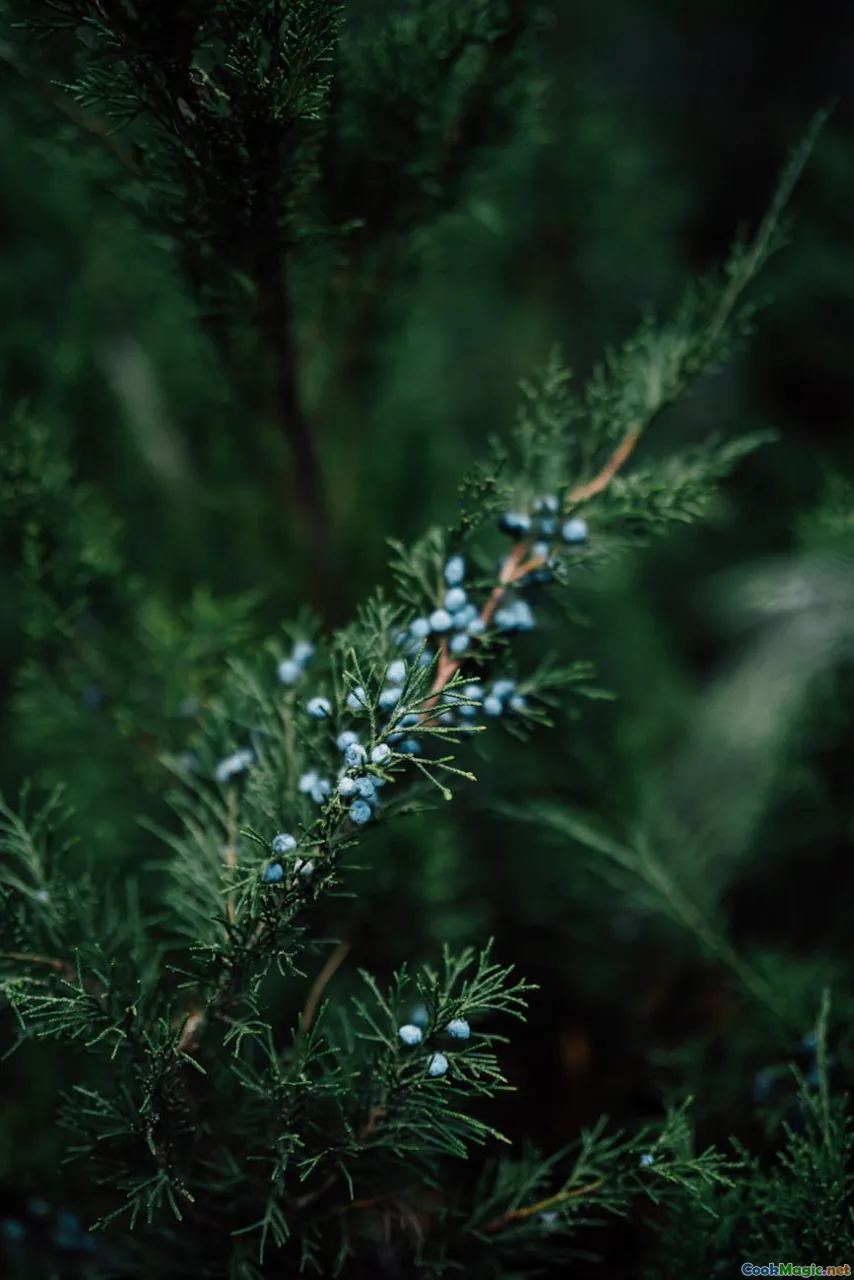
Juniper is the Baltic forest turned into a pantry staple. In Estonia’s islands—Saaremaa, Hiiumaa—smokehouses burn juniper branches to scent fish. The smoke is grey-blue and resinous; it wraps sprats in a clean pine shawl that reads as fresh rather than heavy.
In farmhouse brewing, traditional Estonian koduõlu often begins with water poured through juniper branches to create a fragrant mash liquor. The drink is soft, hazy, and herbal, and its aroma clings like the memory of walking through a damp grove. Juniper also slips into venison marinades and sauerkraut pots, a few berries cracked under the knife. Fresh juniper twigs can be laid under pork belly as it roasts, perfuming the fat.
Safety note: only use culinary juniper (Juniperus communis). Many ornamental junipers are not suitable for consumption. When in doubt, buy dried culinary berries from a trusted source.
Juniper infusion for marinades and soups:
- Bring 500 ml water to a simmer with 1 tablespoon crushed juniper berries, 4 black peppercorns, and a bay leaf.
- Turn off the heat, cover, and steep 20 minutes.
- Strain. Cool for marinade base or whisk into cabbage soup with diced potatoes and dill.
Juniper pairs well with:
- Cabbage and apples
- Pork, venison, and smoked fish
- Caraway, bay leaf, and allspice
Use a light hand. Too much juniper can turn mentholic and push a dish into the woods a step too far.
The Sour Brights: Sorrel, Rhubarb, and Friends of the Sharp Green Edge
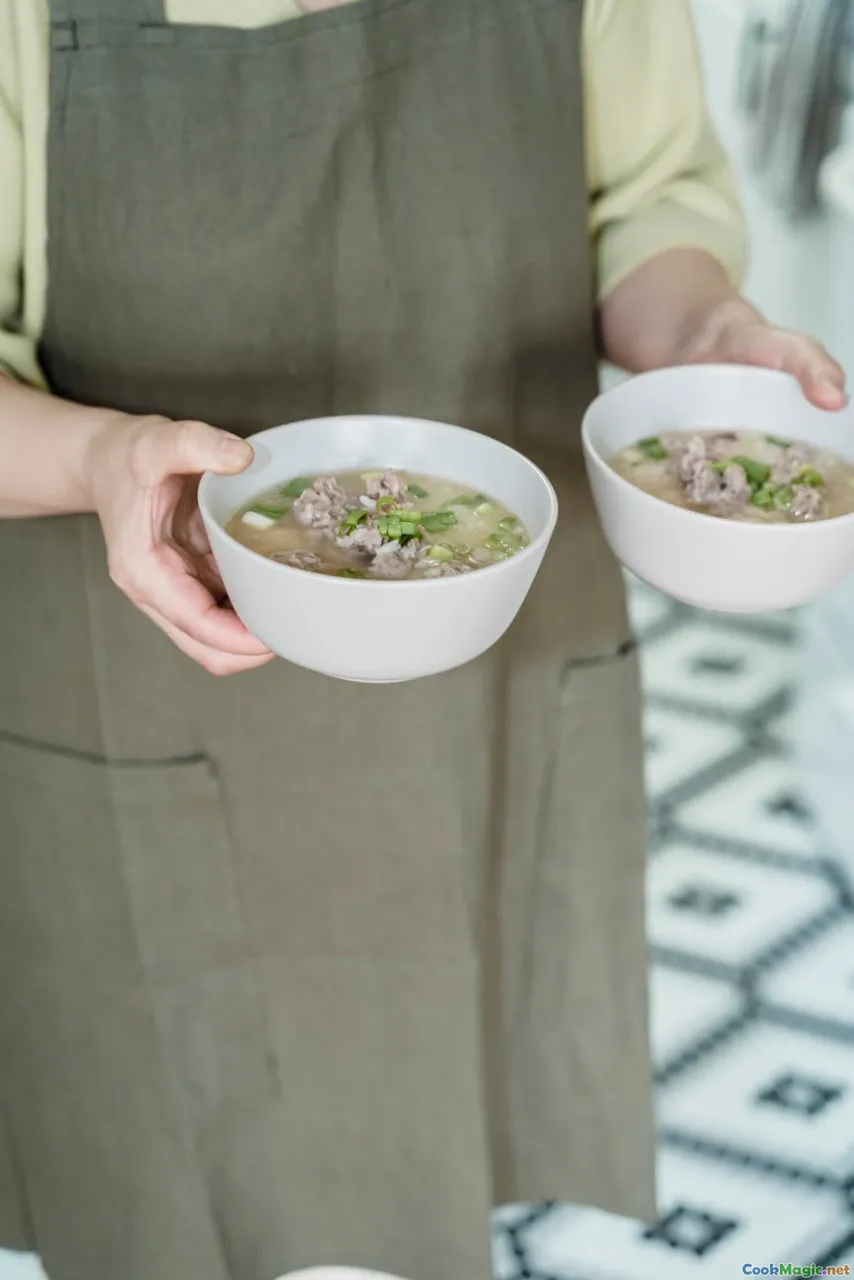
Sourness is the heartbeat of Baltic cooking, and herbs ride that pulse. Sorrel—the arrow-shaped leaves with a lemony rush—arrives early in spring, a bright-green tide after the snow. In Latvia’s skābeņu zupa and Lithuania’s rūgštynės soup, chopped sorrel sizzles as it hits hot broth, turning the pot the color of moss and pebbling it with acid. The sour is as clean as a bell. Add boiled egg halves and a spoon of sour cream, and you have a comfort that wakes you up.
Rhubarb, though technically a stalk rather than an herb, shares the sorrel-sour flavor thanks to oxalic acid. In Estonia, rhubarb compote with mint or lemon balm arrives in small glass bowls next to pancakes, the syrup the color of amber tea. The herb softens the acid into a sigh instead of a shout. In Lithuania, rhubarb befits a crumble scented with cardamom, and in Latvia, it finds its way into summer kvass pitchers with a handful of blackcurrant leaves for fragrance.
Tips for balancing sour herbs:
- Stir sorrel into hot broth at the end to keep its color and fragrant acidity.
- Pair with dairy: kefir, sour cream, farmer cheese. The fat rounds the sharp edge.
- Let mint and lemon balm lift rhubarb; a few leaves are enough.
- Add a pinch of sugar to sorrel soup only if your stock is very austere; better to lean on butter.
Wild Spring: Ramsons, Nettle, and Spruce Tips

The first wild herb I ever brought home in Estonia was ramsons—wild garlic—picked along a shady path where the air was rich like a secret bakery. The Estonian word, karulauk, feels good in the mouth, like the leaf itself: smooth, wide, and gently garlic-scented. In Latvia, laksis shows up in bundles at Riga Central Market; in Lithuania, meškinis česnakas often hides in back stalls wrapped in newspaper. Chop it into butter, fold into curd cheese, or whisk into sour cream for a quick sauce for smoked fish.
Nettles, picked with gloves, taste like the best spinach with a mineral grin. In April and May, they become green soup with potato and marjoram, or a purée spooned under a fried egg. Blanch, squeeze dry, then treat as you would cooked greens.
Spruce tips look like tiny green candles lit along the branches, tender and citrusy. They become syrups, pickles, and even a bracing granita on menus in Tallinn. In my kitchen, they turn into a honeyed syrup that coats yogurt or shakes hands with vodka.
Spruce tip syrup:
- Harvest young, pale-green tips from healthy spruce, a few from each branch. Rinse gently.
- Layer equal parts tips and sugar in a jar with a slice of lemon; press down.
- Let sit in a sunny window for a week, turning the jar daily. Strain the syrup; keep chilled.
- Spoon over rye pancakes, stir into club soda, or brush onto grilled pork chops.
Nettle soup with marjoram and dill:
- Blanch 200 g young nettle tops. Squeeze and chop.
- Sauté a chopped onion in butter; add a diced potato and a pinch of marjoram; cover with stock.
- Simmer until potato is tender. Add nettles; blend partway for texture.
- Finish with sour cream, lemon, and dill.
Foraging tips:
- Learn the plant from someone local or a reliable guide; avoid roadside-sprayed patches.
- Harvest modestly; leave more than you take.
- For wild garlic, rub a leaf between fingers: it must smell like garlic. If not, leave it.
Urban Spice Stories: Markets and the Old Trade

The first time I walked into Riga Central Market, the air changed the way a page turns. The old zeppelin hangars swallow you with light and noise, and then the scents take over: dill and garlic from a pickle stall, cilantro’s bright shout from a Georgian vendor, the quiet clove-and-allspice hush from a butcher’s counter where aspic gleams. A woman in a sweater the color of a spruce tip wrapped a fistful of blackcurrant leaves into my cucumbers because she could tell by my face that I wanted crispness, not just salt.
In Tallinn’s Balti Jaama Turg, a spice stall sells pepper in five grinds and cardamom by the scoop, and the proprietor talks about Christmas piparkoogid with the reverence he usually reserves for coffee. He presses a clove between my fingers and says, smell this after rain.
In Vilnius’s Halės Turgus, a beekeeper lets me taste dark buckwheat honey that tastes like walnuts and smoke, and across the aisle an elderly man sells dried marjoram in paper packets exactly the size of a pocket. The trades that once brought pepper to the Baltic still filter into the everyday: imported spice jars next to local seeds and wild leaves, a handshake between north and south.
Pickling: The Architecture of a Baltic Brine
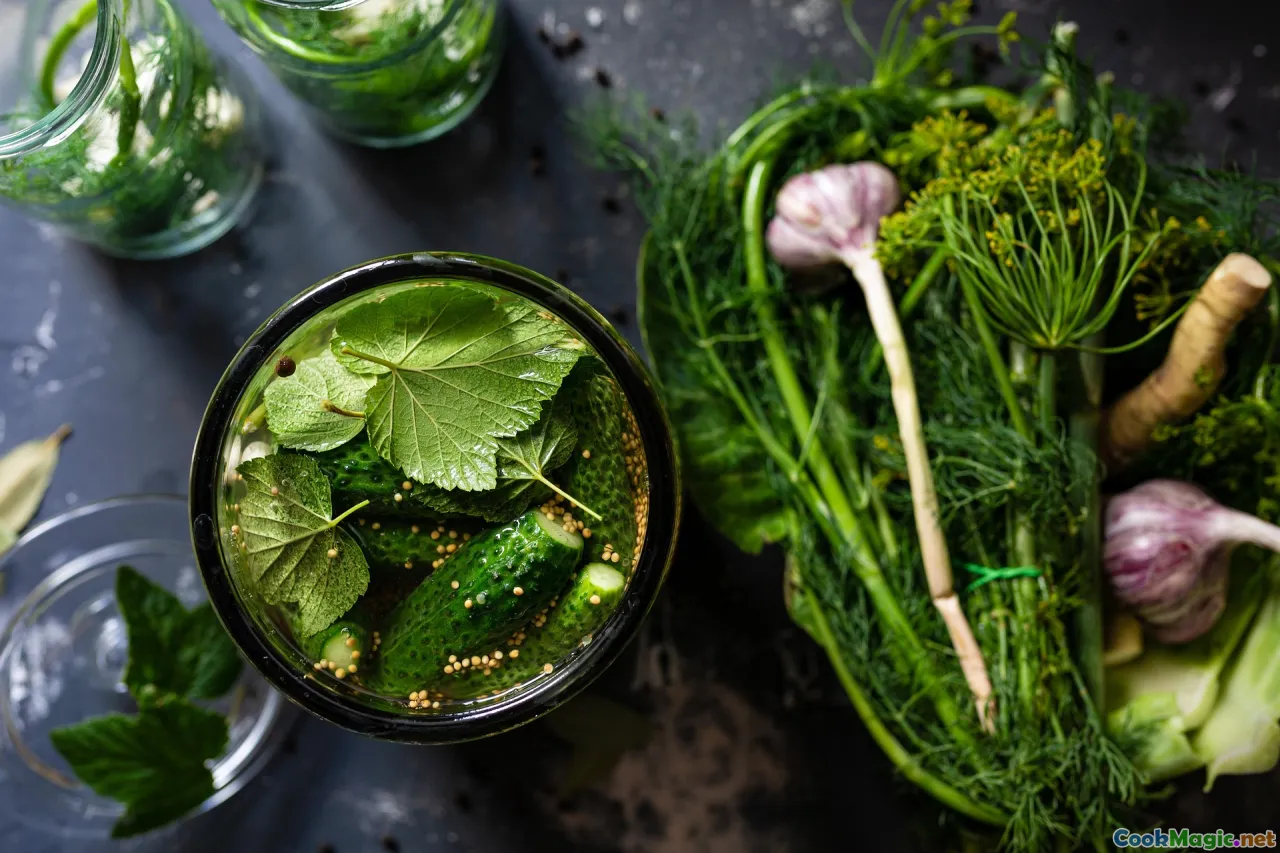
Pickles are engineering and poetry. In the Baltics, they are the taste of a porch in July and the smell of a cellar in January. The brine is simple, but it asks you to be precise so the cucumber stays bright and snaps like a twig.
The classic set for a crisp Baltic cucumber starts with dill umbrellas (the flowering heads), blackcurrant leaves, sour cherry leaves, and horseradish leaves and root. The leaves lend tannins; the root gives a nostril-clearing heat. Garlic is non-negotiable. Allspice and peppercorns whisper of the trade routes; mustard seeds bring a peppery fizz; bay leaf ties everything together.
Lacto-fermented cucumbers (3 percent brine):
- Use small, firm cucumbers. Wash and trim the blossom ends.
- Sterilize a jar or crock. Pack with: 2 dill umbrellas, 4 blackcurrant leaves, 2 cherry leaves, a small piece of horseradish root, and a horseradish leaf if you can find one. Add 4 garlic cloves, 6 black peppercorns, 6 allspice berries, 1 teaspoon mustard seeds, and 2 bay leaves.
- Dissolve 30 g non-iodized salt in 1 liter of cold water. Pour over to cover completely.
- Weight the cucumbers so they stay submerged. Cover loosely to let gas escape.
- Leave at room temperature (18–22°C) for 2–4 days, checking daily. Skim any surface yeast. Taste: when the cucumbers are tangy, alive, and still crunchy, move them to the fridge.
Crispness tips:
- Use the smallest cucumbers. Big guys get hollow.
- Keep the blossom end trimmed; enzymes there can soften the cucumber.
- Tannin leaves keep crunch; grape leaves also work if cherry and currant are scarce.
The scent when you crack that jar in January—the dill’s memory, the blackcurrant leaf’s black-tea perfume—will take you straight back to the porch.
Sweet and Spiced: Winter Aromatics in a Northern Kitchen
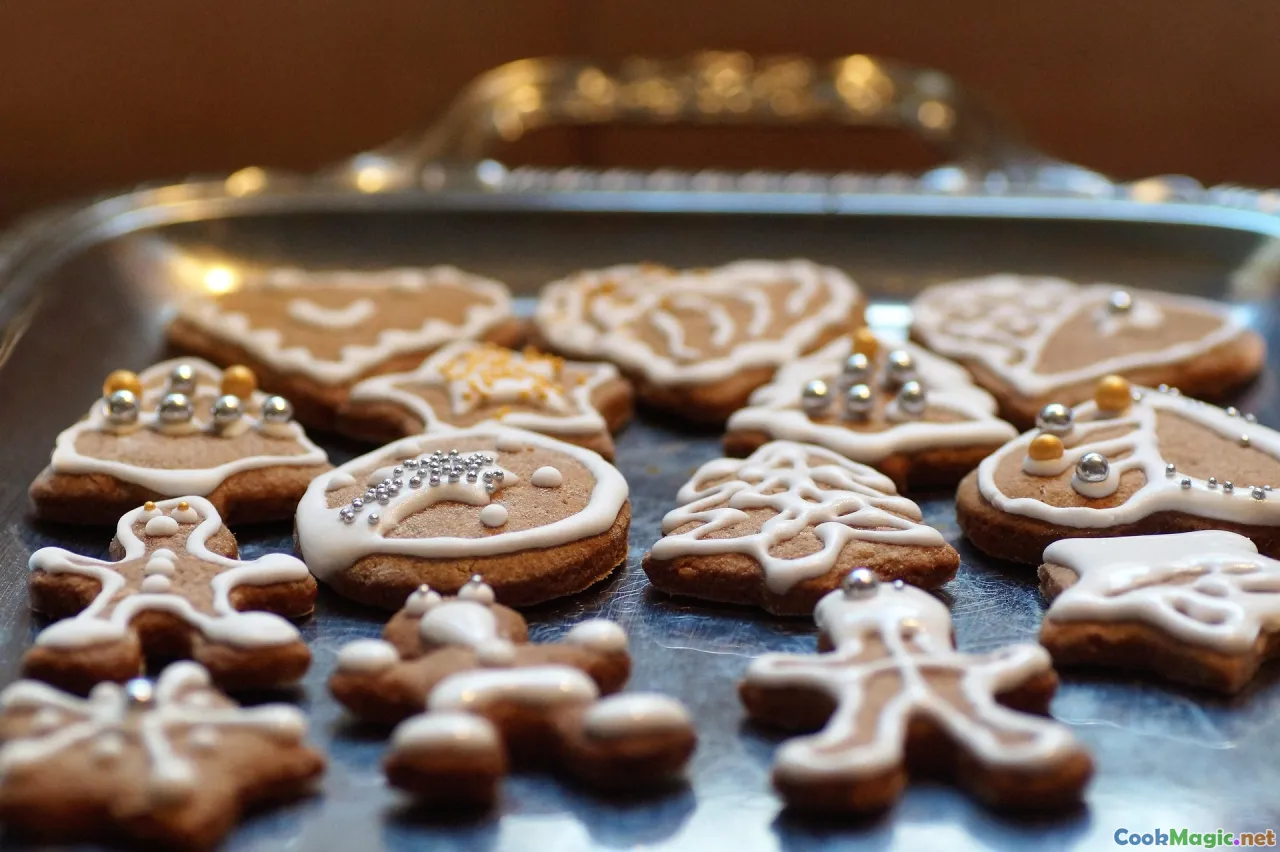
When the light thins and the kitchen windows steam, the Baltic turns to winter spices that traveled far to be here. Estonia’s piparkoogid and Latvia’s piparkūkas are crisp, peppery biscuits that tingle with black pepper and warm with cardamom, cinnamon, ginger, and clove. Lithuania’s meduoliai, honey cakes, are deeper, rounder, often glazed and more tender, with the same aromatic chorus.
The spice mix varies by family, but the rhythm is constant: a black-pepper bite riding on a cushion of cinnamon and cardamom, clove for bass, a little nutmeg or allspice for breadth. These are the scents that leak into scarves in December.
Riga Black Balsam, the city’s famous herbal liqueur, is a winter fixture. Its exact recipe is proprietary, but many sources and drinkers speak of linden blossom, valerian root, wormwood, gentian, Melissa (lemon balm), mint, and warm spices like ginger and pepper in the blend. The result is dark, bitter, and complex, the kind of drink that makes your tongue notice things. Try a splash in hot blackcurrant juice with a strip of lemon peel and a clove pinned into it; the aroma is like stepping into a wood-paneled room with a tiled stove humming.
Baltic winter spice base (for cookies and mulled drinks):
- 2 teaspoons freshly ground cardamom
- 2 teaspoons cinnamon
- 1 teaspoon freshly ground black pepper
- 1 teaspoon ground ginger
- 1 teaspoon ground allspice
- ½ teaspoon ground clove
Mix and store airtight. Fold 2–3 teaspoons into a 500 g gingerbread dough, or simmer 1 teaspoon in 500 ml apple juice with a strip of orange peel for a gentle glögg.
Cheese, Butter, and Herb Oils: Simple, Everyday Luxuries
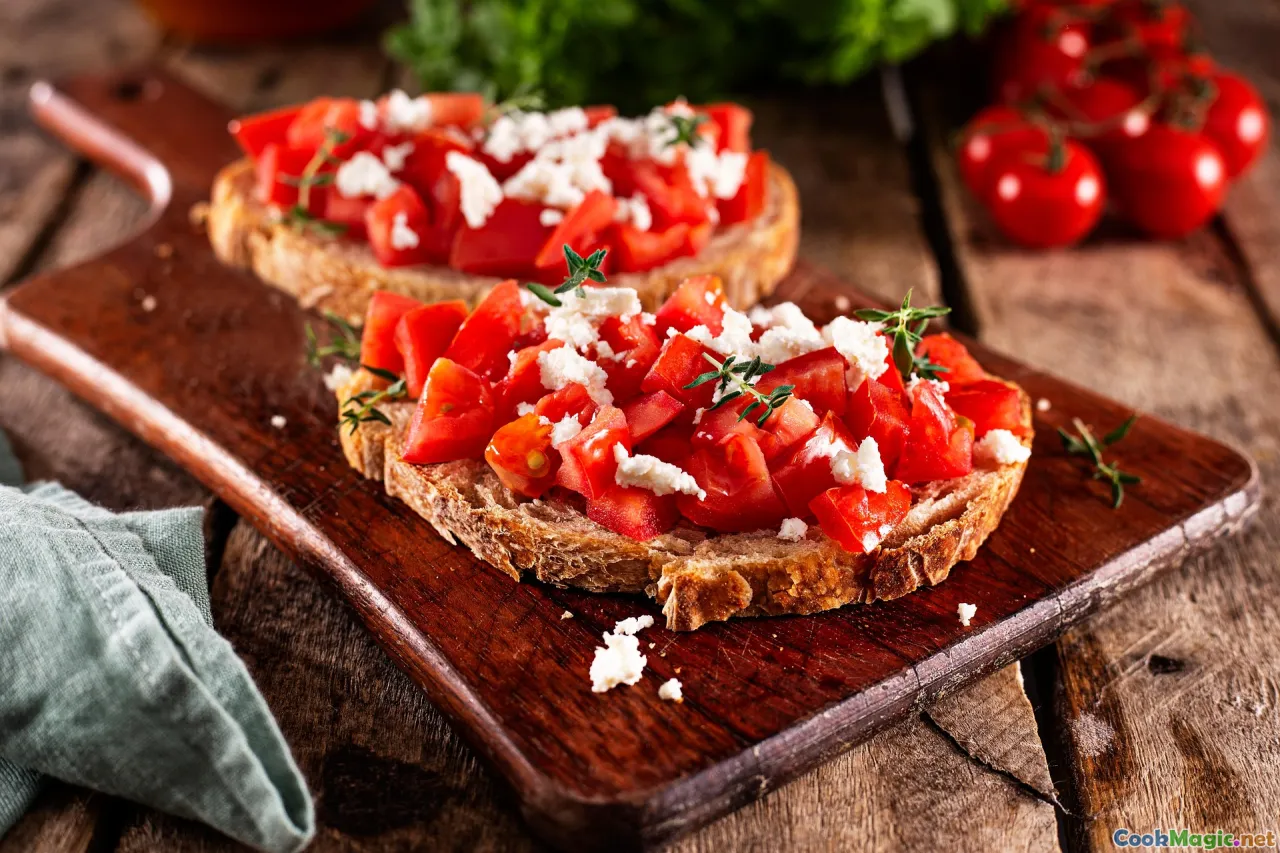
You can taste a whole landscape when you bite into Jāņu siers, the Latvian Midsummer cheese. It’s sunshine-yellow, tender, and powdered through with caraway seeds that crunch like small seeds of light. The cheese is tied to a day—Jāņi, the June nights when you jump over bonfires, sing, and wear a wreath of meadow flowers. Slice it thick and eat it with dark bread and sweet beer; it tastes of fields.
Herbs love dairy in the Baltics. Soft curd cheese (kohupiim in Estonia, varškė in Lithuania) is the canvas for chives, dill, ramsons, and parsley, a spread to swipe over rye or to spoon next to smoked fish. Butter, salted and cultured, becomes an instrument tuned with dill or caraway.
Herb oil for bright touches:
- Light, cold-pressed rapeseed oil is the northern olive oil. Warm 200 ml with a handful of dill and tarragon; let steep off the heat until cool; strain.
- Drizzle over boiled eggs, smoked mackerel, or roasted roots.
Kefir butter with dill:
- Whip 250 ml cold heavy cream with 50 ml kefir until it breaks into butter and buttermilk. Squeeze, salt, and fold in chopped dill and lemon zest.
- Spread on rye; top with radishes and a pinch of flaky salt.
Pantry Builder: A Baltic Herb-and-Spice Starter Kit

If you want to cook Baltic at home, stock this compact list and you can improvise most dishes.
Everyday fresh herbs:
- Dill: finishing salads, soups, potatoes, fish, pickles
- Chives or spring onion greens: curd cheese, salads, soups
- Parsley: soups and sauces, a backup when dill is gone
- Sorrel (in spring): soups, sauces
- Mint and lemon balm: compotes, salads, rhubarb
Foraged (or market-bought) seasonal:
- Ramsons (wild garlic): butter, cheese, spreads
- Nettles: soup, pies, purées
- Spruce tips: syrups, pickles, glazes
Seeds and spices:
- Caraway: breads, cheese, cabbage, pork
- Black pepper: everything
- Allspice: pickles, meat, winter dishes
- Bay leaf: soups, stews, brines
- Clove, cinnamon, cardamom, ginger, nutmeg: winter baking
- Mustard seeds: pickles, dressings
- Juniper berries: sauerkraut, game, marinades
Storage and substitution tips:
- Freeze chopped dill; it survives better than drying.
- Keep caraway whole; grind or crush just before using.
- If you can’t find juniper berries, use a very small splash of good gin to mimic the aroma in a marinade.
- Don’t swap cumin for caraway; if you must, half cumin plus half fennel is closer.
Cooks’ Dialogues: Balancing Bitterness, Sweetness, and Sour
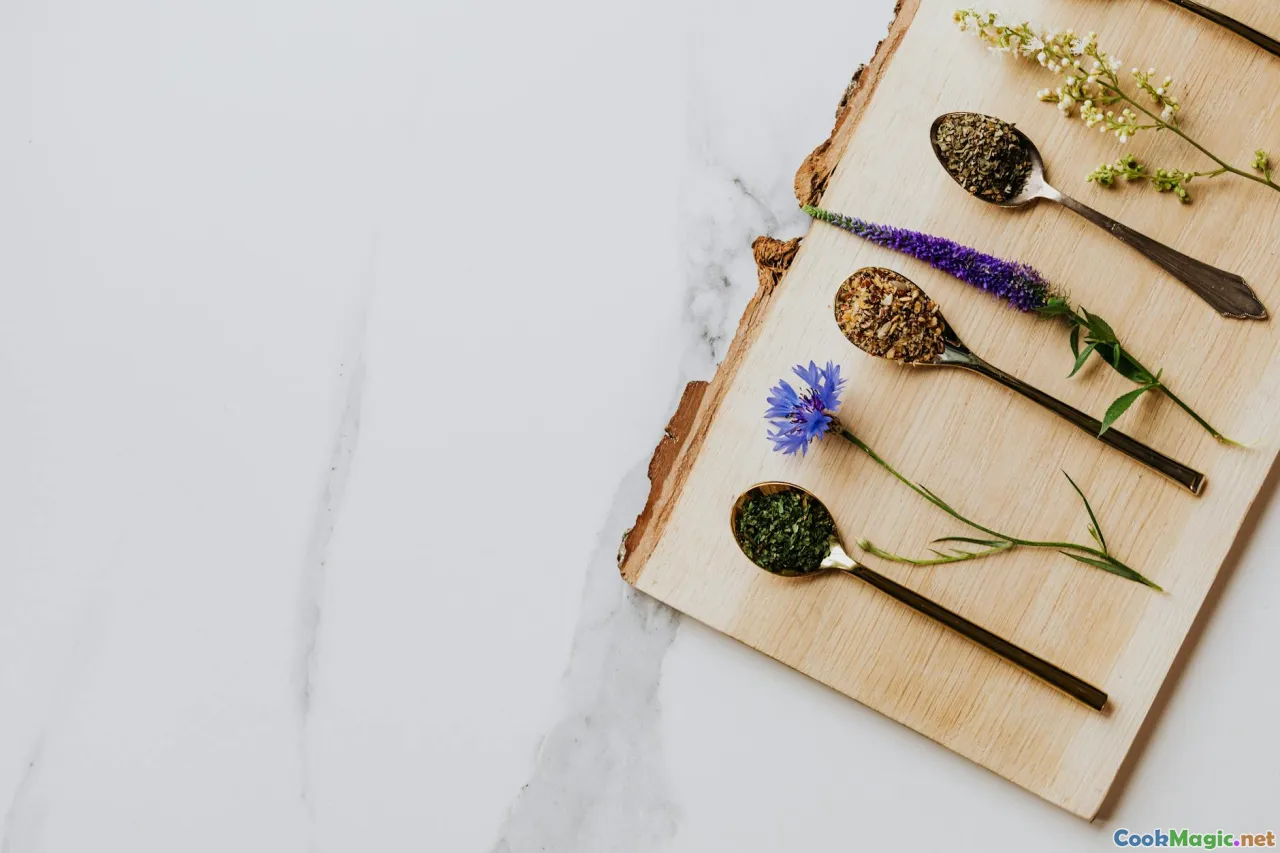
Baltic cooking speaks in contrasts. Sour dairy and pickles set the stage; smoke and rye add bass; herbs and spices write the melody lines. When you’re cooking, listen for these conversations:
- Sour and fat: kefir, sour cream, and yogurt meet butter and pork. Dill ties the knot. Black pepper anchors it.
- Sweet and spice: honey and molasses play with winter spices, especially cardamom and clove, to make breads and cakes complex rather than cloying. A whisper of black pepper keeps cookies from being too sweet.
- Bitter and bright: juniper and spruce tips are bitter-bright; they need salt and a little fat. Pair juniper with pork and a slice of apple; finish with dill to bring it back to the table.
- Earth and lift: beets, potatoes, and mushrooms are earthy; herbs like dill, parsley, and chives lift them so they don’t slump.
A cook’s habit: taste a dish without herbs. Then add the fresh herb you planned. Taste again. The herb shouldn’t sit on top like confetti; it should blur the edges, make the sour feel fresher, the fat taste cleaner, the salt more satisfying. If you notice the herb more than the dish, you added too much or too early.
Field Notes: Three Small Recipes to Start Tonight
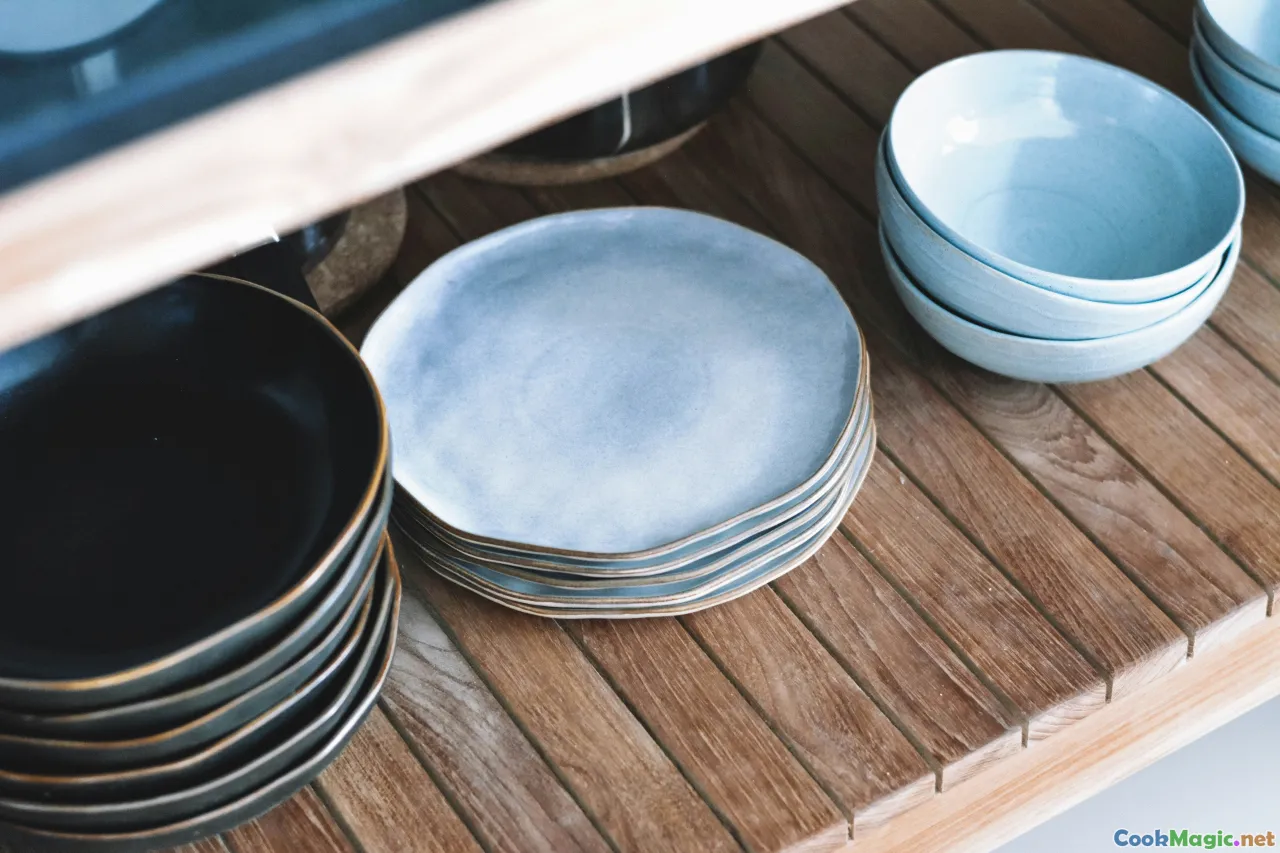
- Pan-seared herring with mustard-dill sauce and new potatoes
- Season cleaned herring fillets with salt, pepper, and a pinch of caraway. Sear skin-side down in butter until crisp; flip briefly.
- Boil new potatoes in salted water; toss with butter and chopped dill.
- Sauce: stir 2 tablespoons sour cream with 1 teaspoon sharp mustard, 1 teaspoon chopped dill, and a squeeze of lemon.
- Plate herring with potatoes, spoon sauce alongside, scatter with chives.
Taste notes: the herring’s crisp skin is salty, the flesh silky; the mustard pricks, the dill softens, the potato anchors.
- Lithuanian-style cold beet soup (šaltibarščiai)
- Grate 2 cooked beets. In a bowl, whisk 500 ml cold kefir with the beets, 1 diced cucumber, a handful of chopped dill, and 2 chopped spring onions. Salt to taste.
- Chill thoroughly. Serve with halved boiled eggs and a side of warm new potatoes with butter and dill.
Aroma: fresh-cut cucumbers and dill, sweet beet, clean dairy. Every spoonful is cold pink thunder.
- Juniper-cabbage slaw with apple
- Crush 6 juniper berries with a pinch of salt. Whisk with 2 tablespoons rapeseed oil, 1 tablespoon cider vinegar, a teaspoon of honey, and black pepper.
- Toss with 300 g finely shredded white cabbage, 1 small tart apple in matchsticks, and a handful of chopped dill.
- Let sit 20 minutes. Serve next to pork chops or smoked fish.
This slaw smells like walking in the woods after the rain and biting a green apple at the same time.
Language Window: Names to Know Across Estonia, Latvia, Lithuania

The same herb changes its name but not its soul as you cross borders. A few you will see on signs and menus:
- Dill: till (Estonian), dille (Latvian), krapai (Lithuanian)
- Caraway: köömned (Estonian), ķimenes (Latvian), kmynai (Lithuanian)
- Juniper: kadakas (Estonian), kadiķis (Latvian), kadagys (Lithuanian)
- Chives: murulauk (Estonian), lociņi (Latvian), laiškinis česnakas (Lithuanian)
- Wild garlic (ramsons): karulauk (Estonian), laksis (Latvian), meškinis česnakas (Lithuanian)
- Sorrel: oblikas or hapuoblikas (Estonian often says oblikas colloquially for sorrel soup), skābenes (Latvian), rūgštynės (Lithuanian for the plant, often rūgštynės sriuba for soup)
- Bay leaf: loorberileht (Estonian), lauru lapa (Latvian), lauro lapai (Lithuanian)
Learning the local name at a market sometimes gets you a better recipe than any cookbook. Vendors will tell you how their grandmother used it.
How To Cook Like a Baltic Local: Small Habits, Big Flavor
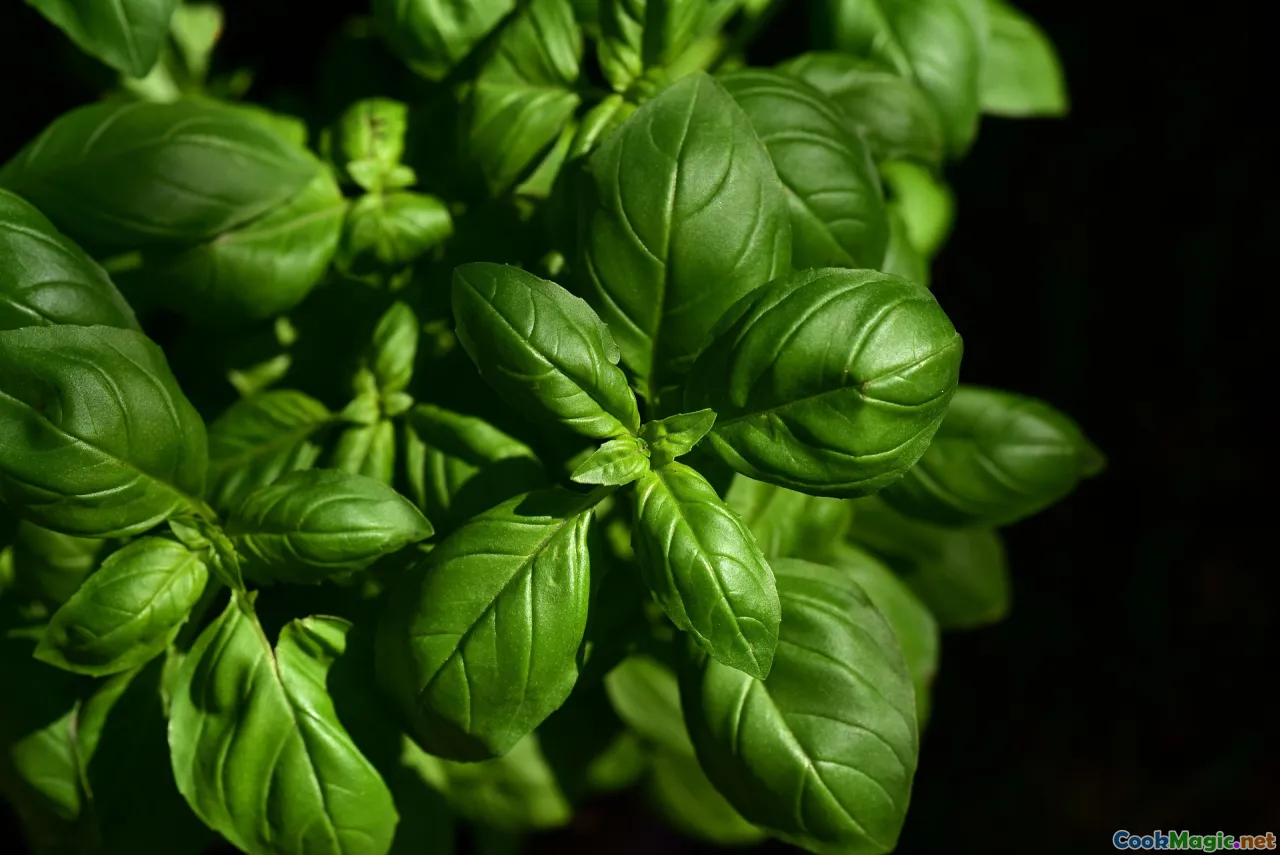
- Finish with fresh herbs, don’t boil them. Heat will steal dill’s perfume before you can sit down.
- Toast your seeds. Caraway wakes up in a dry pan for 30 seconds; the difference is a whole season.
- Keep a jar of pickling mix ready: bay leaves, allspice, black peppercorns, mustard seeds. Toss a pinch into stews and roasts too.
- Balance with dairy. Sour cream next to spicy or acidic things is not a garnish but a gear shift.
- Buy spices at markets in small amounts. The winter mix fades faster than it seems; cardamom especially wants to be fresh.
- Layer tannins into pickles if crispness matters. Blackcurrant, cherry, grape, or oak leaves change texture more than technique does.
A Midsummer Table: Story and Smoke
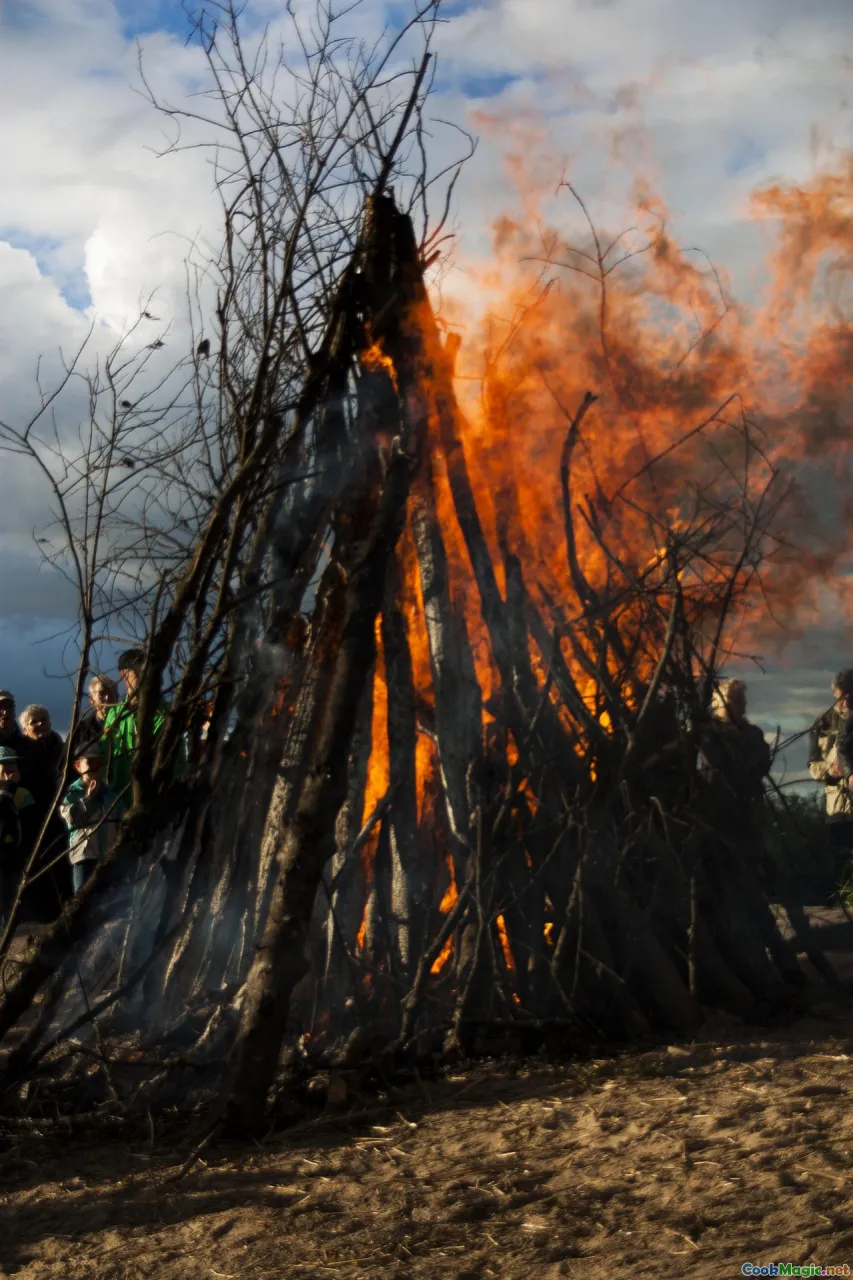
On Jāņi in Latvia, we braided crowns out of meadow grasses and mugwort and wore them until the edges browned. The bonfire was stacked so high the heat kissed forearms twenty steps away. A table held a whole morale of summer: Jāņu siers with ķimenes, thick slices of rupjmaize, bowls of lightly soured cucumbers heavy with dill umbrellas, a baked salmon brushed with honey and mustard and showered in chopped parsley and chives, rhubarb cake perfumed with cardamom. Somebody brought a bottle of kümmel that the aunties sipped and then pretended not to like. The scent over everything was smoke that smelled faintly of juniper.
We jumped the fire and sang; the table glowed. You could go your whole life not knowing the names in three languages for the herb on your bread and still know you were in the right place because the bread tasted like caraway.
Herbs and spices in the Baltic aren’t decorations; they are memory. They tell you where the sea is and how far the forest reaches, who traded at the port last winter, which month it is. They’re the green steam above a pot and the little crunch in cheese and the ghost of pine in the smoke. If you’re new to this kitchen, buy a bunch of dill and a bag of caraway, toast a slice of rye, and put more butter than you think you need on it. Sprinkle. Breathe in. There it is—the map, on your tongue, and the road already leading you back.









